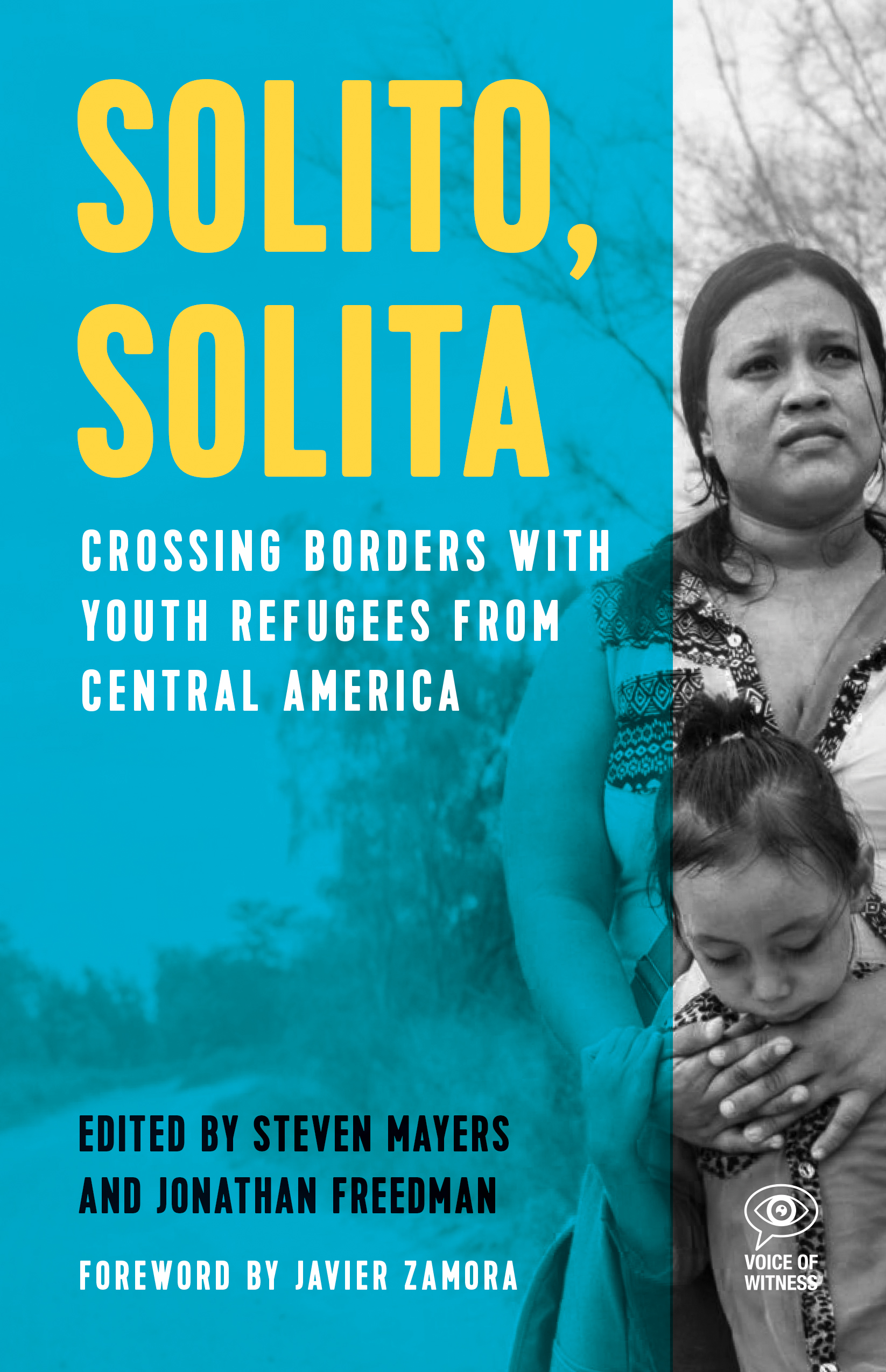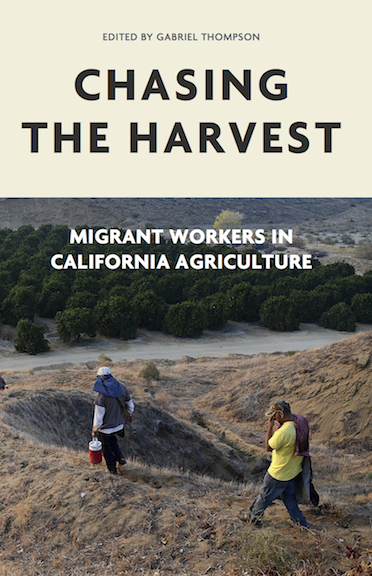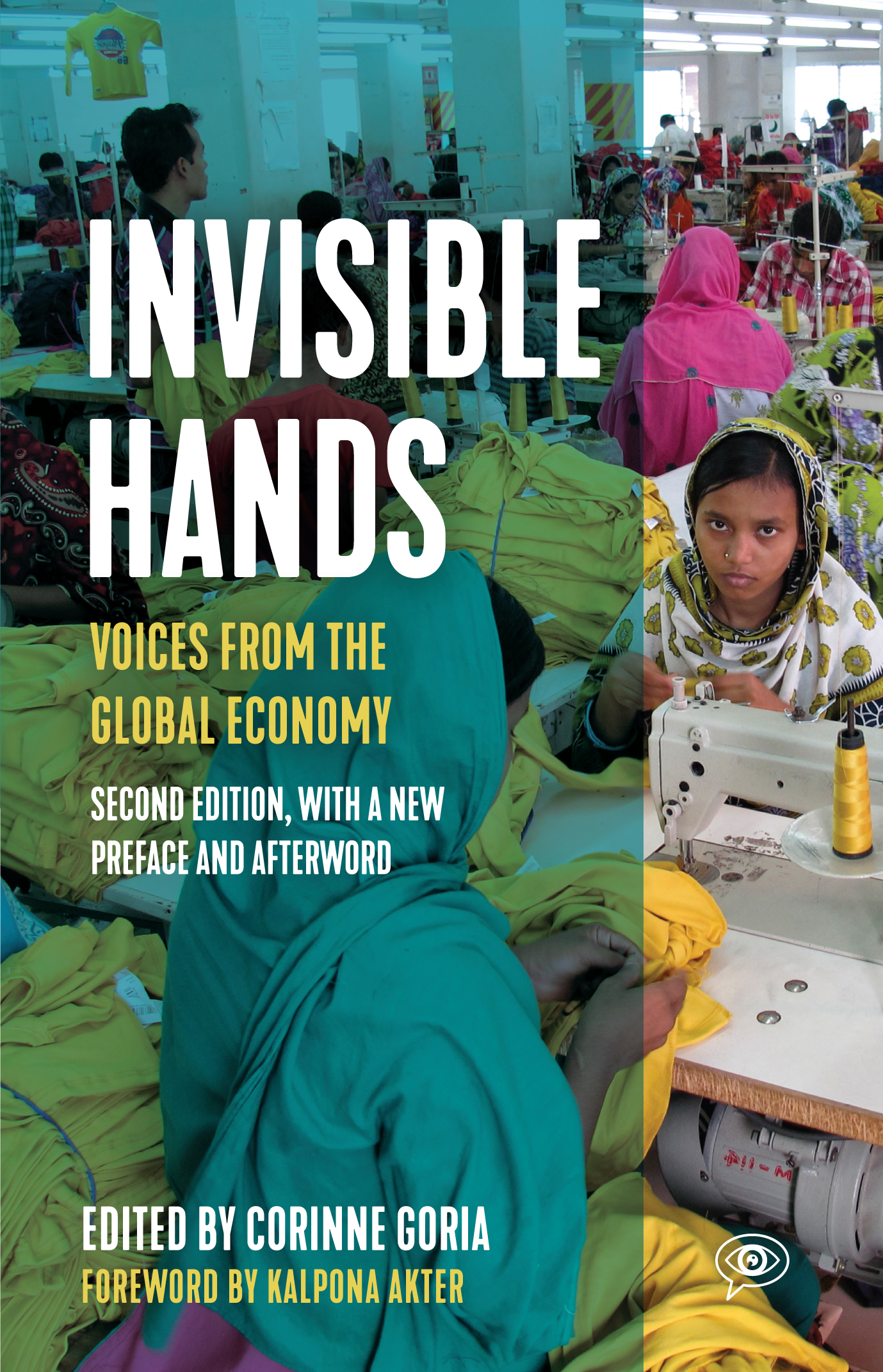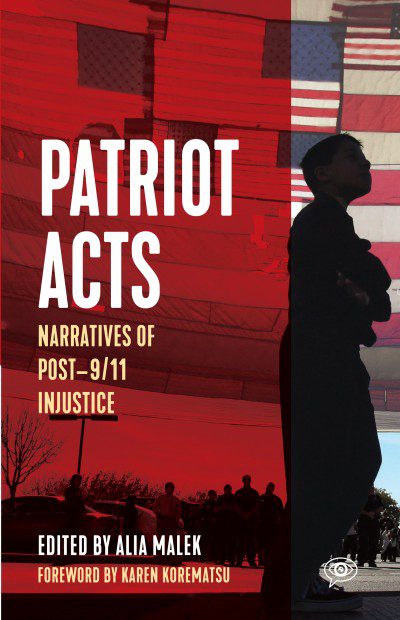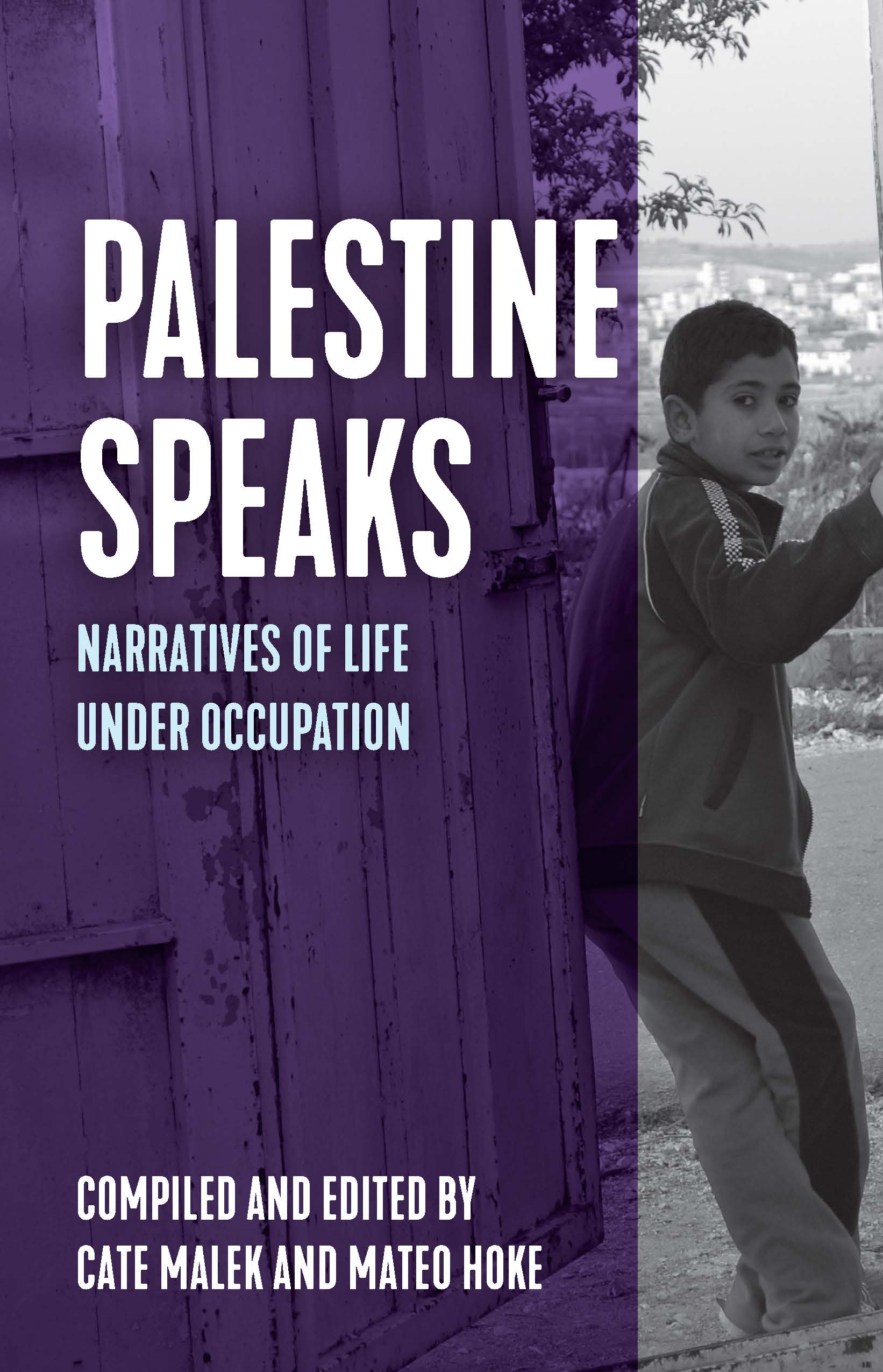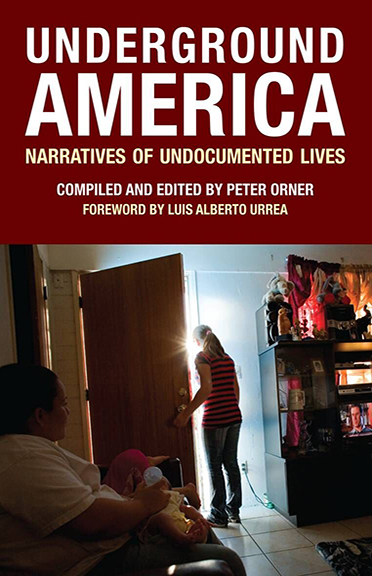Grades 6-8
Solito, Solita: Crossing Borders with Youth Refugees From Central America Curriculum
While confronting the impacts of immigration policies and harsh realities of the day-to-day experiences of youth refugees, these lessons also highlight the role of hope, community, and resilience. The lessons are culturally relevant for students who have experienced migration, as well as students encountering these issues for the first time.
Mi María: Surviving the Storm | Voices from Puerto Rico Curriculum
The lessons reflect an Ethnic Studies framework and invite teachers and students to form a nuanced, empathy-based understanding of the issues facing Puerto Ricans today, and the social, cultural, and historical forces that inform their experiences.
Cultural and Personal Identity • Economic Justice • English Language Learners • Environmental Justice • Migration & Displacement • Political Oppression & Civil Rights • Racial Justice
Chasing the Harvest: Migrant Workers in California Agriculture Curriculum
The lessons in this unit explore oral history narratives from the men, women, and children working in California’s fields who grow and harvest the food many Americans eat every day.
Cultural and Personal Identity • Economic Justice • Environmental Justice • Migration & Displacement
High Rise Stories: Voices From Chicago Public Housing Curriculum
This corresponding curriculum guides students in exploring themes of community, displacement, and poverty in the wake of gentrification, all through a lens of listening to voices that have long been ignored.
Advocacy • Criminal Justice • Cultural and Personal Identity • Economic Justice • Migration & Displacement • Political Oppression & Civil Rights • Racial Justice
Invisible Hands: Voices From the Global Economy Curriculum
These lesson plans provide students a point of entry for understanding economic systems from a human perspective, creating an opening for critical exploration of the ethical, moral, and legal issues connected to these systems.
Advocacy • Economic Justice • Environmental Justice • Gender Justice • Migration & Displacement • Political Oppression & Civil Rights • Racial Justice
Patriot Acts: Narratives of Post-9/11 Injustice Curriculum
These accompanying lesson plans bring home these realities in a personal and relatable way, allowing students to grapple with the human costs that lie at the heart of this pertinent contemporary issue.
Advocacy • Criminal Justice • Cultural and Personal Identity • Political Oppression & Civil Rights • Racial Justice
Palestine Speaks: Narratives of Life Under Occupation Curriculum
This accompanying curriculum creates a flexible unit of study that allows students and teachers an opportunity to critically and creatively explore the day-to-day realities of Palestinians living under occupation, including the oft-ignored violations of human rights that occur daily.
Advocacy • Cultural and Personal Identity • Economic Justice • Migration & Displacement • Political Oppression & Civil Rights
Underground America: Narratives of Undocumented Lives Curriculum
The lesson plans help students explore aspects of the “American Dream,” myths and facts about immigration, and encourage students to develop their own responses to this human rights issue.
Cultural and Personal Identity • Economic Justice • Environmental Justice • Migration & Displacement • Political Oppression & Civil Rights

